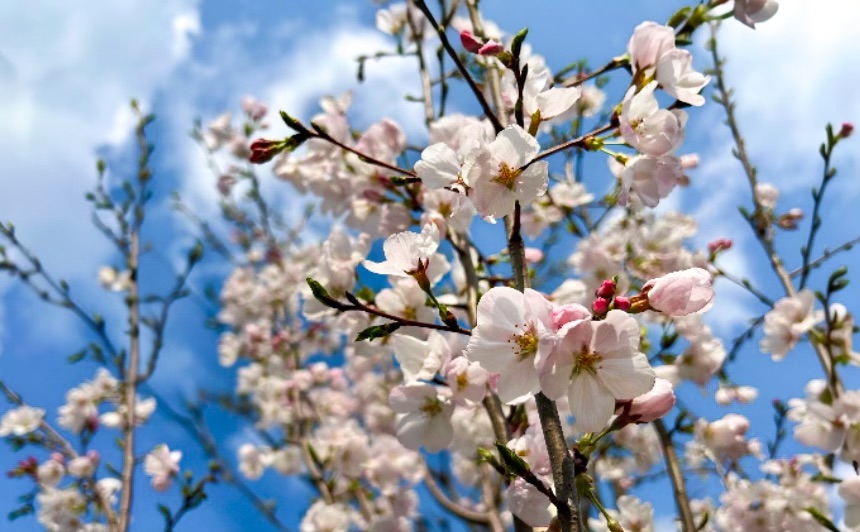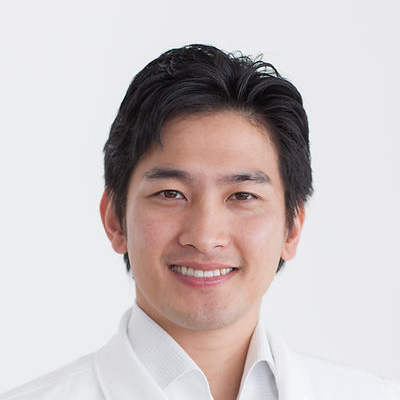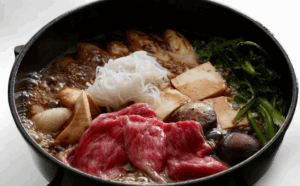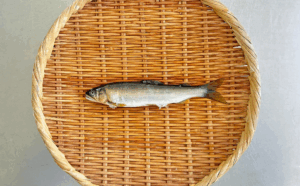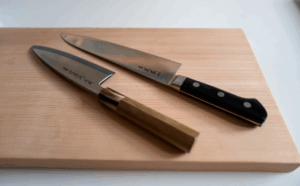Sakura, or cherry blossoms, have a special, long-cherished place in Japanese culture. When sakura season comes around, it brings a sense of joy and excitement for a new beginning, as school and company entrance ceremonies are planned to coincide with the blooming.
In this article, I’ll show you how the Japanese have cherished sakura for centuries and explore ways to enjoy it—not just by looking at it but also by tasting it!
Sakura in Poetry
There are many sakura varieties, like the single-petaled “Somei Yoshino” and the multi-petaled “Yaezakura.” These days, you probably see the pale-colored “Somei Yoshino” more often, but historically, the deeper-colored “Yaezakura” is older than “Somei Yoshino.”
Sakura is even mentioned in the poem collection called the “Hyakunin Isshu,” put together in the 13th century.
One poem goes like this: “In the ancient city of Nara, the double cherry blossoms bloom in full glory today.” This poem, dating back to the Heian period, about 1000 years ago, shows just how long cherry blossoms have been admired in Japan.
In the Edo period, Basho Matsuo, the famous haiku poet, also wrote about it like this: “In Nara, seven layers of the temple halls, with double cherry blossoms blooming.” In this poem, he’s looking at the cherry blossom near the Great Buddha Hall at Todai-ji Temple in Nara.
The Famous Anpan (Sweet Bean Paste Bun)
Cherry blossoms have been loved for centuries, and one really amazing thing about the Japanese culture is that they don’t just admire the beauty of sakura—they also enjoy its taste, creating delicious treats!
You often find cherry blossom pickled in salt adorning the famous ”Kimuraya” anpan (sweet bean paste bun). The bakery has been a staple at Ginza 4-chome, one of the most coveted addresses in Tokyo, for over a hundred years, which goes to show how cherished the store is. A lot of Japanese know the “cherry blossom effect” that comes with eating anpan. The sweet red bean paste, the soft bread, and the salty-sweet aroma of the cherry blossom perfectly come together, and every time I bite into it, I just think how amazing this experience is.
This specific type of anpan was first introduced in the early Meiji period. My grandfather, Toshio Yanagihara, also loved this anpan. Whenever he stopped by Ginza, he would often grab some and give it to me.
Cherry Blossom at Weddings
Pickled cherry blossoms are also a delightful addition to weddings and betrothal ceremonies. At these celebrations, it’s served as a “kumi-dashi,” a sip of drink that helps guests moisten their mouths. They usually soak a single cherry blossom in sakura-infused hot water. But at weddings, they use two connected blossoms to symbolize the couple’s unity and wish them a happy, long-lasting bond.
For pickled cherry blossoms, “Yaezakura” is the go-to, because the single-petaled “Somei Yoshino” is too delicate and tends to fall apart easily. “Yaezakura” has a multi-petaled structure and a deeper pink color, so it looks visually stunning whether floating in hot water or used in cooking.
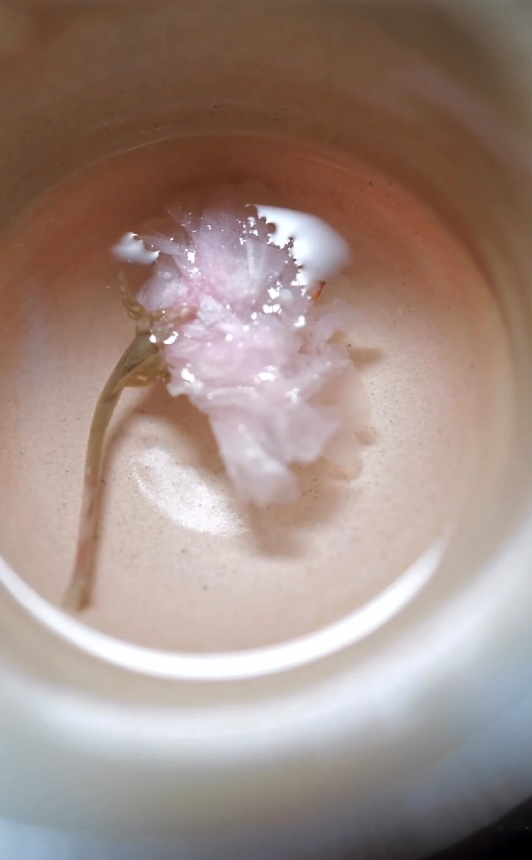
How to Make Pickled Cherry Blossom
Making pickled cherry blossoms is a quite delicate process, because the timing of picking the flowers is key. The blooming period is short, so picking the right blossoms is a must. If the flowers are too open, the petals will fall off, and if they are too closed or budded, the pickled flowers won’t open nicely when you soak them in hot water.
To make pickled cherry blossoms, pick fresh “Yaezakura” flowers and make sure to remove any leaves or extra bits around the blooms. Then soak the flowers in ume vinegar (plum vinegar) and leave them for a while before taking them out to salt.
Cherry Blossom in Cooking
Give your cooking an extra flair by using pickled cherry blossom!
The fragrance of the flower is best experienced in dishes where it’s exposed to heat. The heat helps bring out the aroma, so it’s perfect for warm dishes.
For example, try placing some in a bowl with a lid. When you lift the lid, it feels like the pleasant scent of the season just fills the air.
Just a caveat: flowers pickled this year cannot be used, since they need time to mature. It’s best to go for the ones from the last year or earlier.
To keep their vibrant colors, do make sure to store them in the fridge. At room temperature, they will start to lose their color.
More Ways to Enjoy Cherry Blossoms in Cooking
What’s amazing about cherry blossoms is that you can even use their leaves! Besides the pickled flowers of “yaezakura,” cherry leaves are great for wrapping “sakuramochi,” a Japanese sweet made of sticky rice filled with red bean paste. The reason it’s done is because the leaves give off a soothing fragrance, making the whole sakuramochi experience nicely seasonal.
Plus, there’s also a type of pickle called “anningo,” made from a cherry variety called “Uwamizu-zakura,” which is also salted. We sometimes use this anningo pickle in “kozuimono,” a light soup served at classy “kaiseki” meals.
If you’re not up for the challenge of picking the right cherry blossoms to make pickles, there’s a way around it – you can find them at stores! I recommend grabbing some and using them in your cooking. Do experiment to enjoy them in your own way.
Just adorning warm white rice with them can take it up a notch, turning it into a seasonal dish with a great sense of hospitality. Add a nice spring vibe to your cooking!
The Japanese have long appreciated cherry blossoms, not just for their beauty but also for how they enhance food flavors. What a knack they’ve developed to celebrate the changing seasons through taste!

